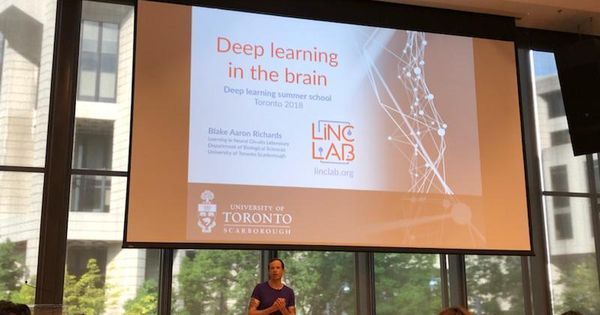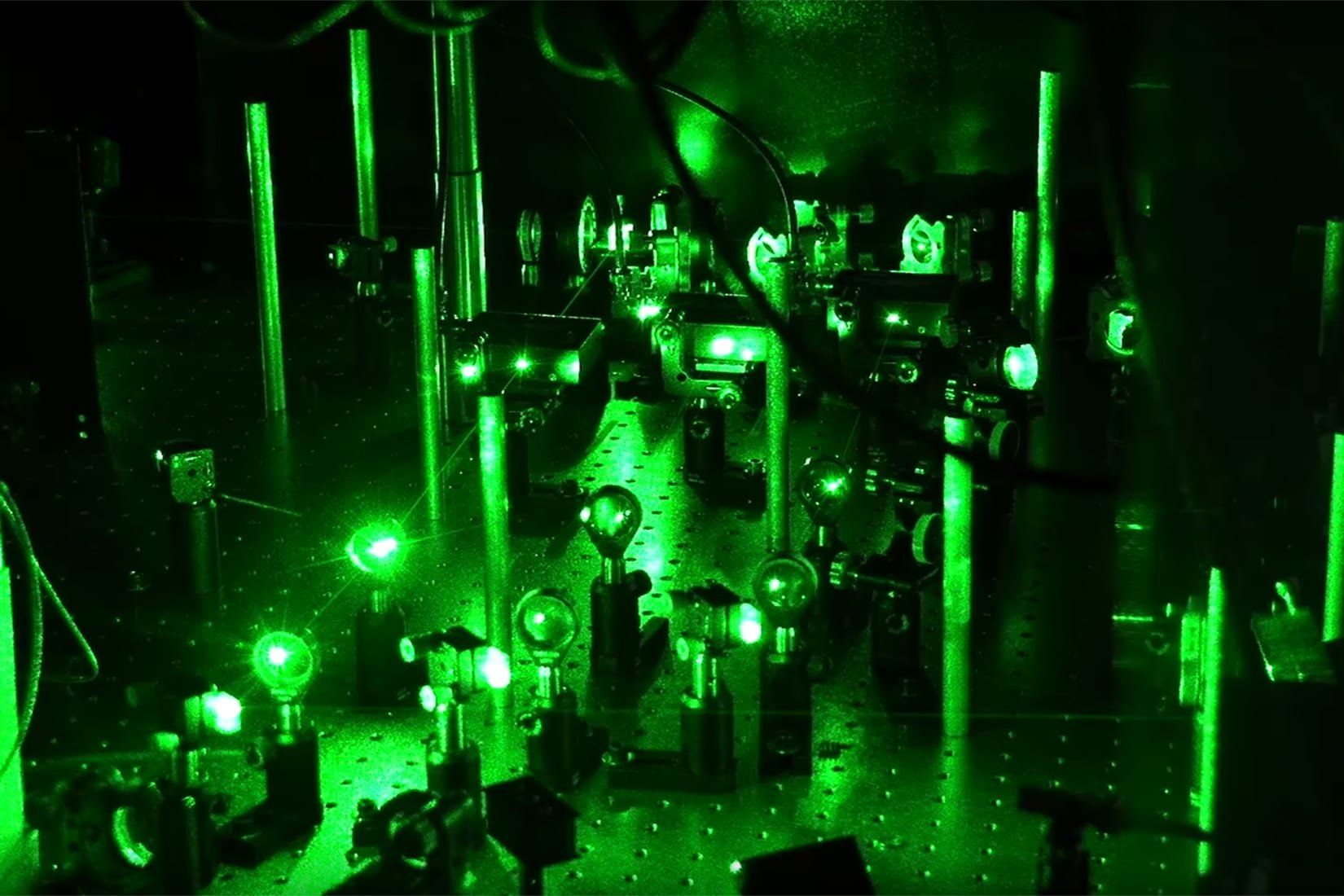As technology advances, prospects for increasing the human life span are seemingly everywhere.
But is there a limit to how long humans can live? According to a new study, published today (June 28) in the journal Science, the answer to that question is no. What’s more, the researchers argue that after age 105, the risk of dying each year remains the same.
In 1825, British actuary Benjamin Gompertz proposed that the risk of dying exponentially increases by age, such that a person at age 70 would be at a much higher risk of dying than a 30-year-old. [Extending Life: 7 Ways to Live Past 100].








